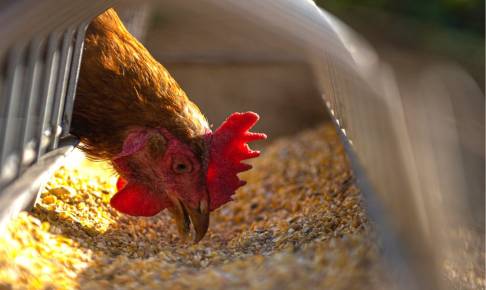European-Funded Project MyToolBox: Primary outcomes from the industrial agri-food perspective
At the international trade level, mycotoxin presence in foodstuffs has serious economic and sustainability consequences with significant implications for food and feed safety and food security. The EU-funded project MyToolBox has developed prevention and control measures to reduce mycotoxin contamination, primarily in cereals, to reduce crop losses and increase the percentage of crops available for both human and animal food subsistence. The MyToolBox consortium consisted of leading experts from 23 partner organizations in 11 countries, including three partners from China. More than 40% of the project partners were from industry, including farmers.
MyToolBox has developed prevention and control measures to reduce mycotoxin contamination, primarily in cereals [...]MyToolBox’s project activities culminated in the development of an e-platform that provides advice to end-users and forecasting tools for farmers. MyToolBox added real value in the pre- and post-harvest agri-food sector.
Use of resistant cultivars and/or biocontrol for maize cultivation
A non-toxic strain of A. flavus was successfully applied for maize plant biocontrol. The symptoms of Aspergillus rot were visually assessed prior to harvesting, and levels of aflatoxin contamination of maize kernels were determined after harvesting, showing a 50% to 80% overall reduction in aflatoxin contamination.
Use of fungicides during wheat cultivation to control Fusarium infestation
Experimental wheat plots were inoculated with Fusarium graminearum in the spring followed by mist irrigation during flowering. These plots were subjected to various treatments, including newly developed and current industry standard fungicides, at half and full rates, or left untreated at early flowering. At harvest, yield was determined, and the grain was milled and analysed for DON concentration. The use of a novel succinate dehydrogenase inhibitor (SDHI) fungicide to control FHB reduced levels of DON by 80% compared to untreated wheat and by 54% compared to wheat treated with other standard fungicides.
Use of spectroscopic systems for automatic sorting of contaminated figs
An innovative near infrared hyperspectral imaging system (NIR-HIS) sorted figs contaminated by Aflatoxin B1 (more than 6 μg/kg) with 70-80% accuracy. Because the tests were conducted using an available one-sided inspection machine, using double-sided inspection may provide even greater accuracy when this technology is rolled out for industrial scale-up. This technology may be a viable replacement for hand sorting, significantly reducing the risk of foodborne aflatoxin contamination.
Use of real-time sensors in storage silos
The MyToolBox consortium developed a new post-harvest decision support system for minimizing the risk of contamination in stored cereals by combining real-time detection of CO2 in grain silos and linking it to biological models of boundary conditions for growth and mycotoxin production and to dry-matter/respiration-mycotoxin models. Relative dry matter losses were calculated from changes in CO2 production and the
Download content now





















